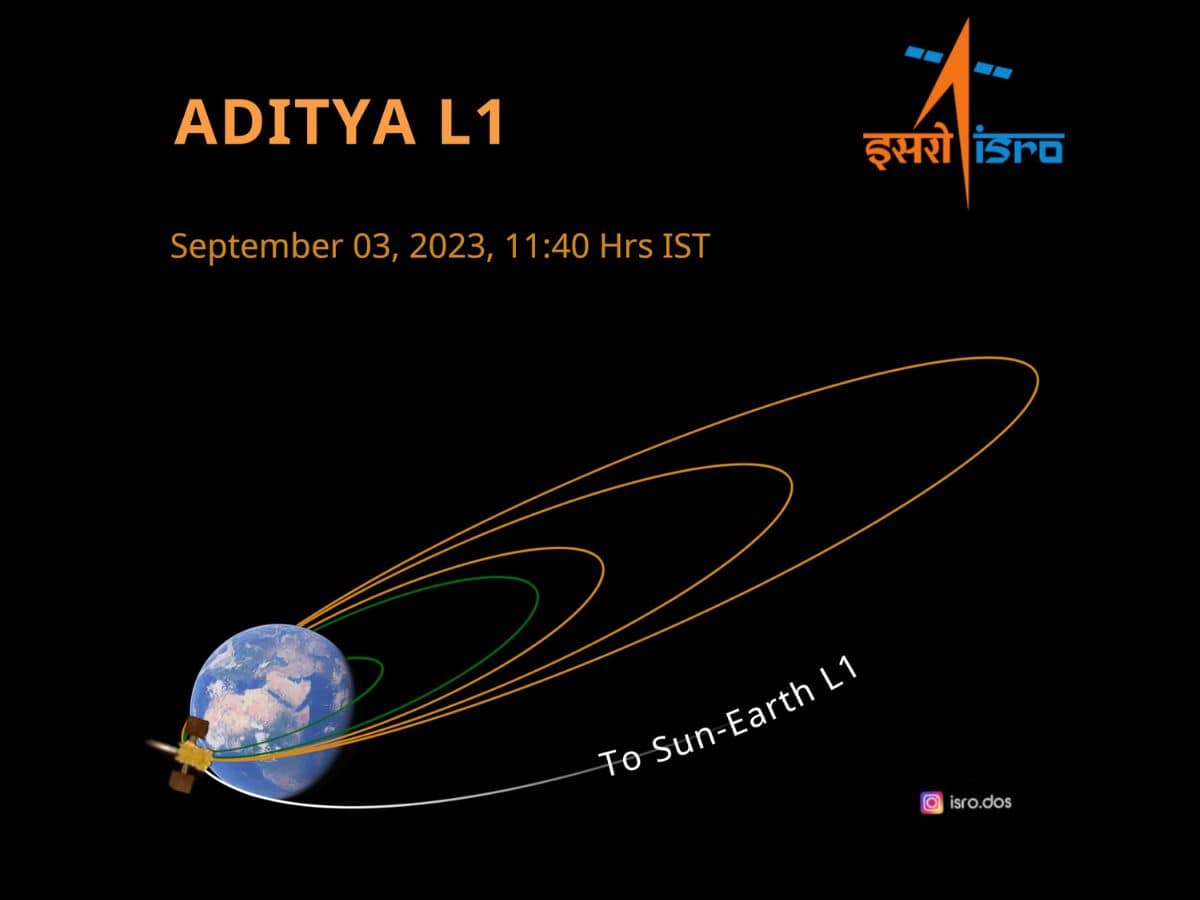
New Delhi: Aditya-L1 spacecraft, known as India’s solar observatory, has completed its first halo orbit around the Sun-Earth Lagrange Point 1 (L1), announced mission officials at the Indian Space Research Organisation (ISRO).
The Aditya-L1 was launched to low earth orbit (LEO) on September 2, last year by the Indian rocket Polar Satellite Launch Vehicle – XL (PSLV-XL) variant.
Sun-Earth L1 is the point where the gravitational pull of two large bodies — Sun and Earth — will be equal and hence the spacecraft will not gravitate towards any one of them.
The spacecraft was inserted in its targeted halo orbit on January 6, early this year.
To complete a revolution around the L1 point, “Aditya-L1 spacecraft took 178 days”, the ISRO said.
During its travel in the halo orbit, the spacecraft underwent various perturbing forces that worked to depart from the targeted orbit.
To maintain the orbit, the spacecraft had to undergo two station-keeping maneuvers on February 22 and June 7.
On Tuesday, the spacecraft conducted its third station-keeping maneuver. And now it has “continued into the second halo orbit path around L1”, the space agency said.
“This journey of Aditya L1 around Sun-Earth L1 Lagrangian point involves modeling of complex dynamics. The understanding of various perturbing forces acting on the spacecraft helped in determining the trajectory accurately and planning precise orbit maneuvers,” the ISRO said.
The third maneuver also validates the state-of-the-art flight dynamics software developed in-house at URSC-ISRO for the Aditya-L1 missions.
Aditya-L1, dedicated to the study of the Sun, carries seven payloads. It will observe the photosphere, chromosphere, and the Sun’s outermost layers (the corona) using electromagnetic, particle, and magnetic field detectors.
